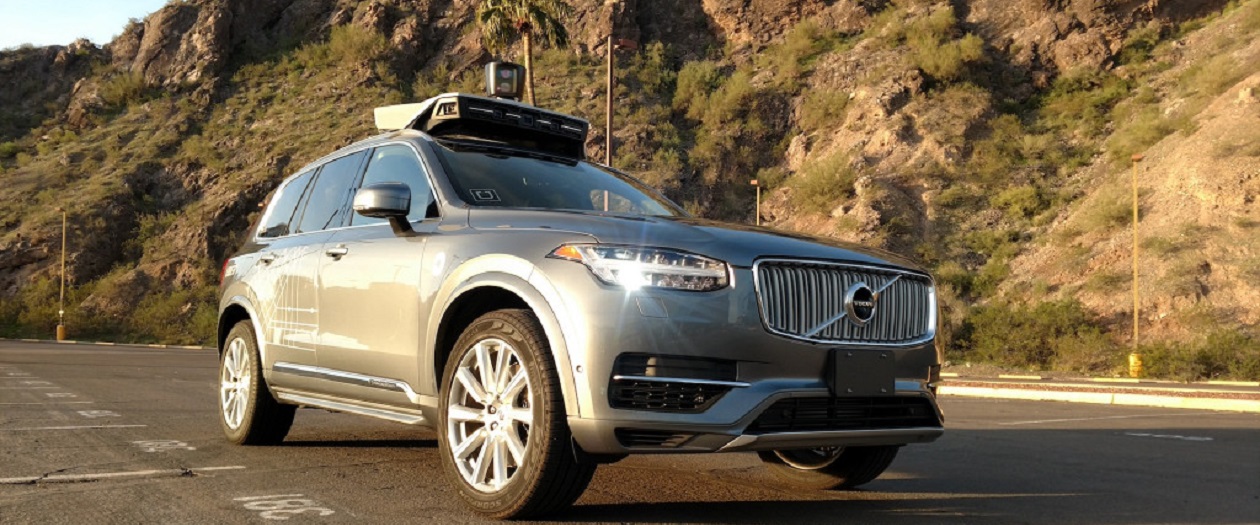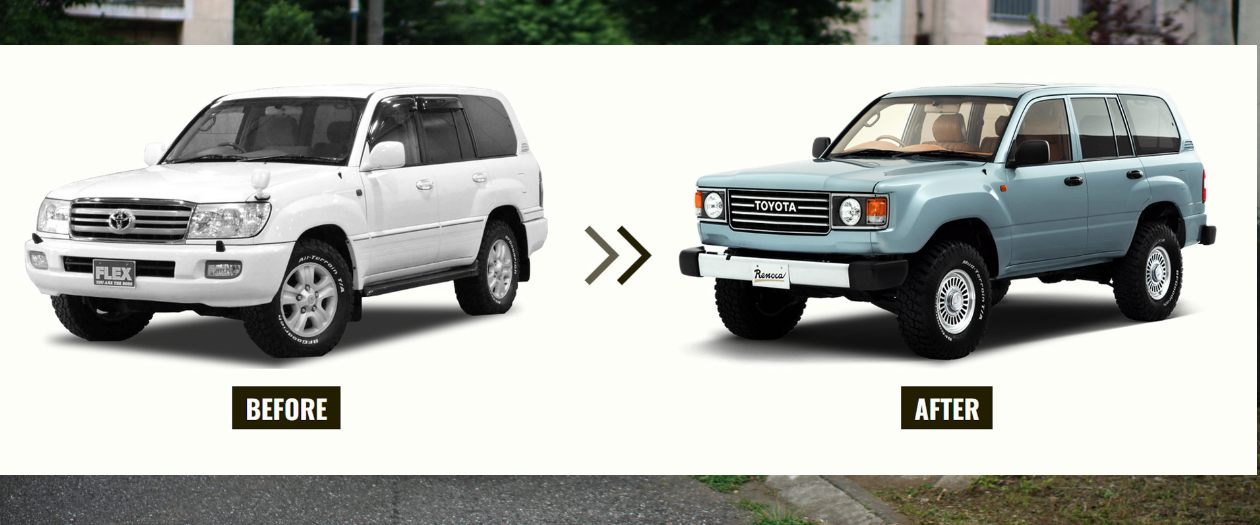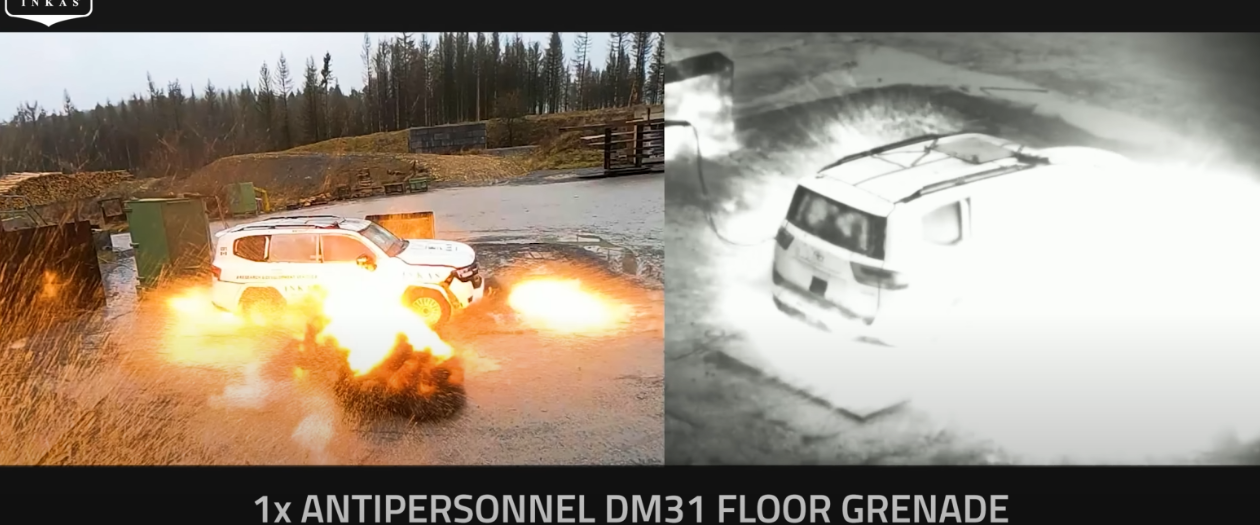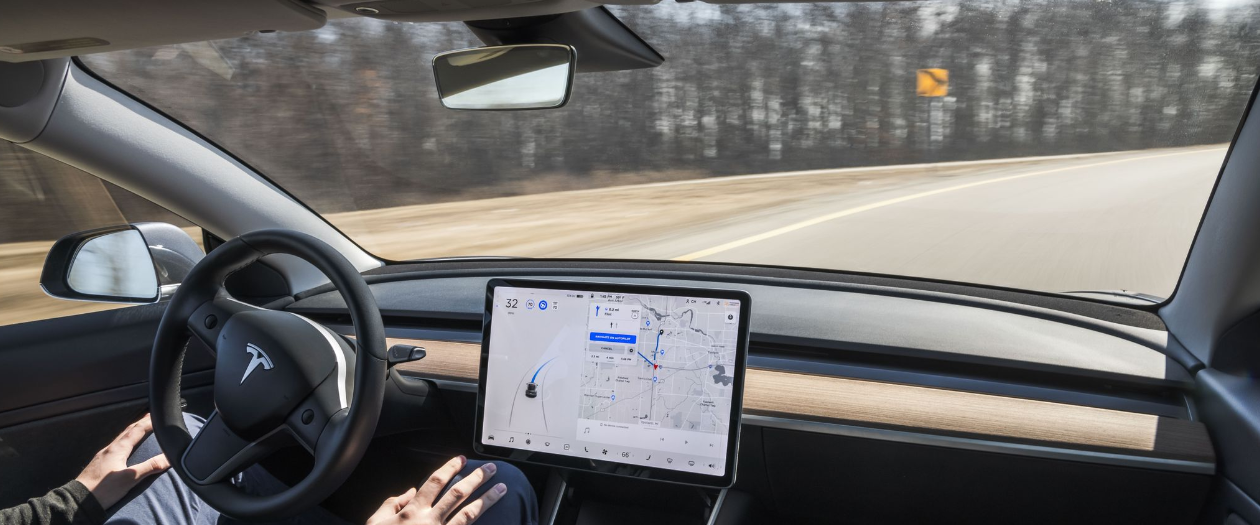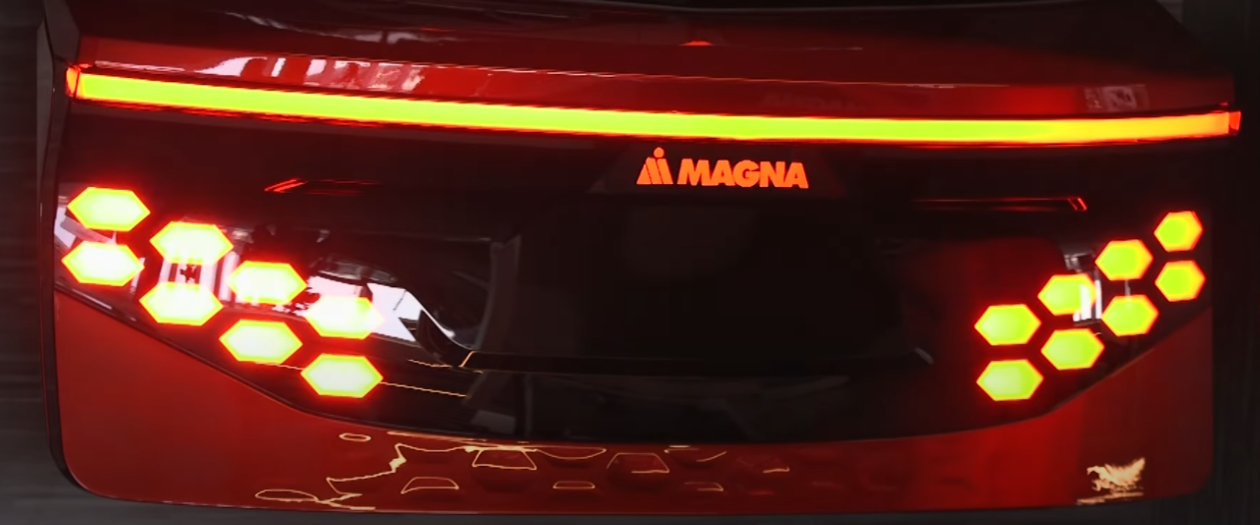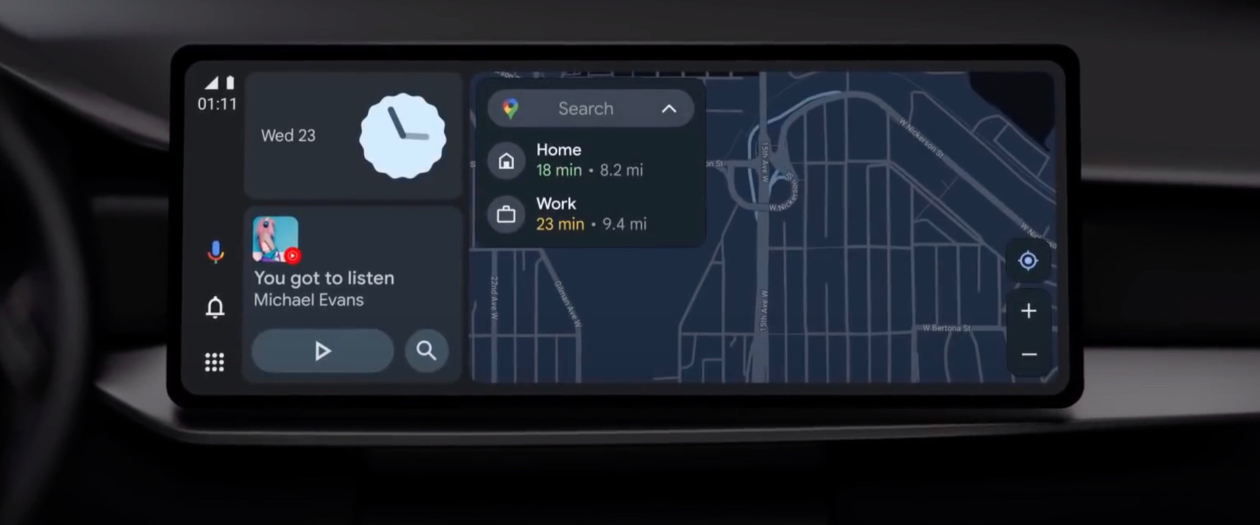When a self-driving Uber car struck a pedestrian, killing them, a conversation sparked again regarding the safety of unmanned vehicles. While such cars currently require a "safety driver" ready to take over in a moment's notice, the safety driver in this particular case couldn't see the pedestrian until less than a second before the accident occurred. This was primarily due to them crossing the middle of an unlit road at night, instead of the designated crossing zones.
Investigators said that the self-driving Volvo XC90 had automatic braking, which could detect the pedestrian just fine, even in the darkness. The report says that the feature was disabled for the autonomous modes in order to "reduce the potential for erratic vehicle behavior." This means not only did the vehicle not stop when it detected the pedestrian, but it also failed to notify the driver that there's a problem.
According to data from the self-driving system, the car's radar and lidar systems detected the pedestrian about 350 feet away from the vehicle, or about six seconds before the collision occurred. The system first classified the pedestrian as an unknown object, then as a vehicle, then as a bicycle with varying travel paths. It had determined 1.3 seconds (80ft) before the crash that emergency maneuvers would be necessary.
Uber has stated that they are fully cooperative in the investigation, and are making an effort to improve in the future.
“Over the course of the last two months, we’ve worked closely with the NTSB. As their investigation continues, we’ve initiated our own safety review of our self-driving vehicles program. We’ve also brought on former NTSB Chair Christopher Hart to advise us on our overall safety culture, and we look forward to sharing more on the changes we’ll make in the coming weeks.”
